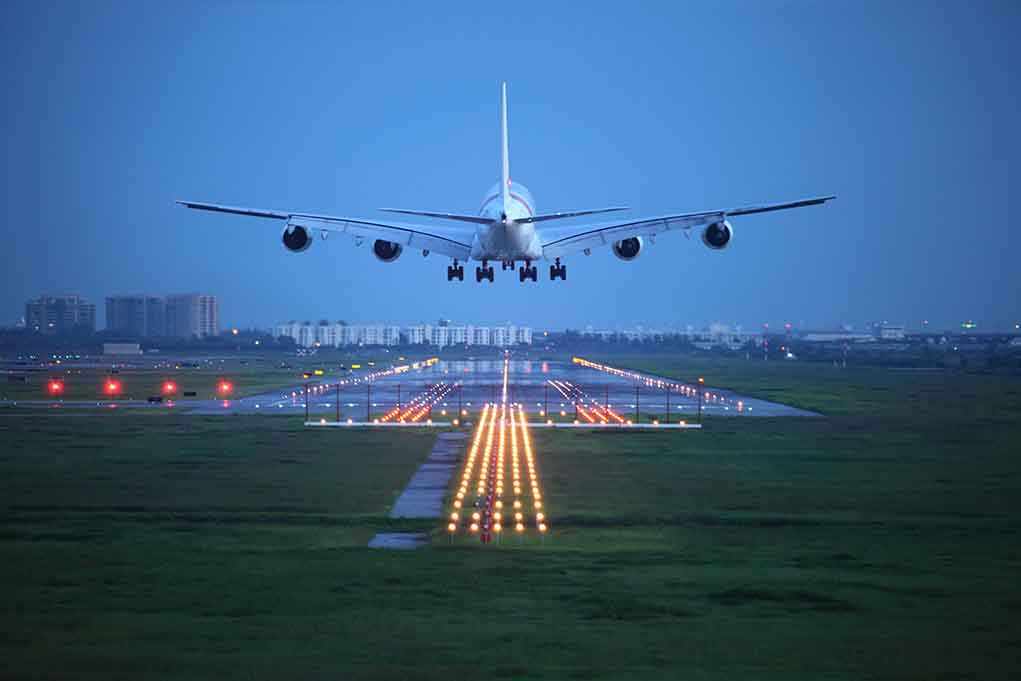
The FAA staffing crisis threatens the efficiency and safety of U.S. aviation, as both pilot and controller shortages continue to mount.
Story Highlights
- FAA faces critical shortages in pilots and air traffic controllers.
- The crisis has resulted in widespread flight delays and cancellations.
- Retirements and slow recruitment are major contributing factors.
- Urgent need for modernization of training and infrastructure.
FAA Staffing Crisis: A Growing Concern for U.S. Aviation
The Federal Aviation Administration (FAA) is grappling with a severe shortage of both pilots and air traffic controllers in 2025, causing significant disruptions across the aviation sector. This dual shortage has led to an increase in flight delays and cancellations, affecting millions of passengers annually. The problem stems from a combination of retirements, pandemic-era attrition, and outdated training and infrastructure systems that have failed to keep pace with the growing demand for air travel.
With U.S. air travel rebounding to over 4.5 billion passengers annually, the strain on existing resources is palpable. The current staffing shortages have forced the FAA to slow traffic at busy airports, a necessary measure to maintain safety but one that exacerbates operational inefficiencies. The aging workforce, coupled with mandatory retirement ages, has created a demographic cliff that the FAA struggles to navigate, and efforts to replenish the workforce have been hampered by regulatory and permitting delays.
Impact on Airlines and Passengers
Commercial airlines, including major carriers like American and United, are directly impacted by the pilot shortage and have been forced to reduce routes and postpone expansions. This reduction in service particularly affects regional carriers, leading to diminished connectivity and economic losses for regional economies. Passengers face increased travel disruptions, with fewer options and longer wait times becoming the norm.
The economic implications are far-reaching, with billions in lost revenue for airlines and related industries. The ongoing crisis has drawn significant public scrutiny towards FAA and airline management, prompting calls for congressional action to address funding and regulatory reform. The persistent workforce gaps also pose a risk to the U.S.’s aviation leadership on the global stage.
Modernization: A Necessary Solution
In response to the crisis, the FAA has initiated efforts to modernize training and infrastructure, though these are hampered by bureaucratic obstacles. The agency’s recent initiative to update Part 141 pilot school regulations aims to increase efficiency and safety in training new pilots, but progress remains sluggish. Industry experts emphasize the importance of accelerating these modernization efforts to prevent further deterioration of service and safety standards.
Looking ahead, the global demand for pilots is projected to reach 674,000 by 2043, with emerging markets facing even greater challenges. While automation and AI are seen as potential solutions, human pilots remain essential for now. The FAA’s proactive steps towards modernization are crucial to securing a stable future for U.S. aviation, though time is of the essence.
Sources:
Capitol Technology University Blog: Pilot and Aviation Career Demand Outlook 2025
Epic Flight Academy: Pilot Shortage
FAA Newsroom: General Statements












